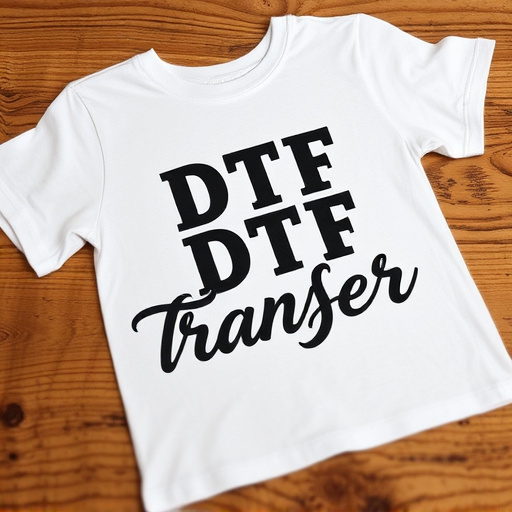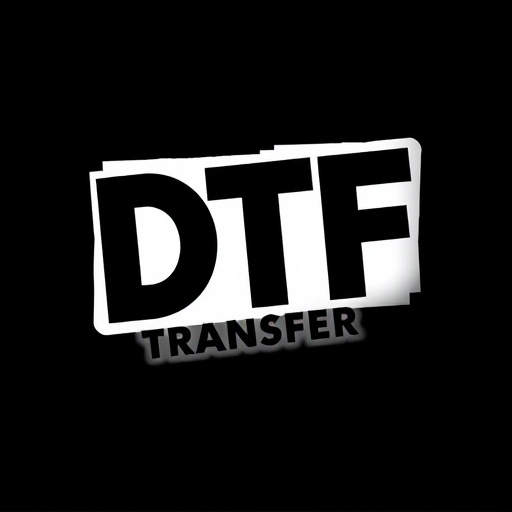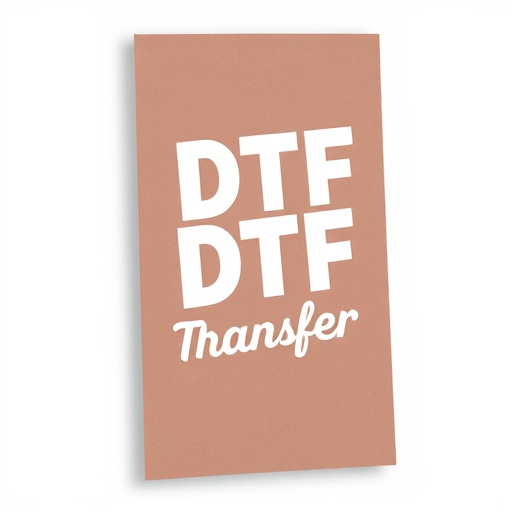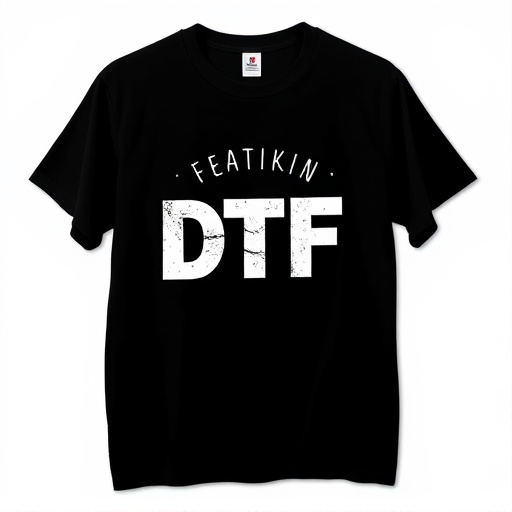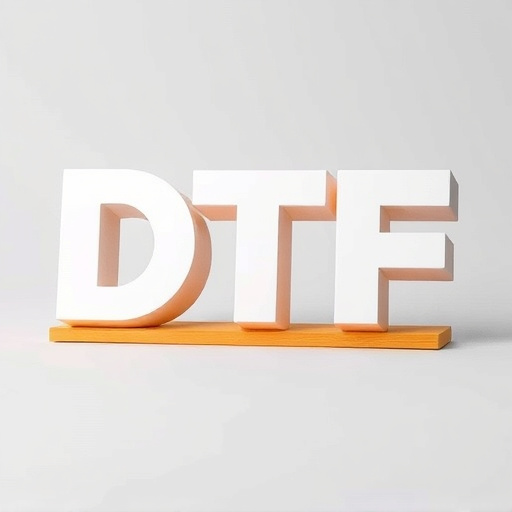Direct-to-Film (DTF) Transfer is a cutting-edge visual creation method offering high-quality printing from digital files to various film stocks. DTF simplifies production for filmmakers, photographers, and artists by eliminating intricate plate-making steps while maintaining quality. It's versatile, cost-effective, and suitable for small to large-scale projects. Key DTF methods include printing, direct application, and heat transfer vinyl (HTV), each with varying costs based on needs. For smaller orders, DTF transfer prints designs onto fabric and leather using UV light printers, with material and labor costs influenced by design complexity and order size. Operational costs for DTF services are significant, encompassing facility, employee, insurance, and administrative expenses. Customization options, including design complexity, color usage, and finishing level, affect pricing. The DTF market has seen substantial growth due to technological advancements, on-demand printing demand, and cost advantages over traditional methods, with pricing varying based on print size, color quality, material type, and turnaround time.
Direct-to-film (DTF) transfer has emerged as a game-changer in the printing industry, offering vibrant, durable solutions for a range of applications. This article delves into the intricate cost structure surrounding DTF services, exploring various options from initial setup to customization. We analyze key factors influencing prices, including DTF printing processes, material costs, operational overheads, and market trends. Understanding these dynamics is crucial for businesses navigating the world of DTF prints, enabling informed decisions in this dynamic landscape.
- Understanding Direct-to-Film Transfer (DTF): An Overview
- Types of DTF Transfer Options and Their Cost Factors
- DTF Printing Process and Material Costs
- Operational Overhead and Facility Expenses for DTF Services
- Customization and Additional Services: Pricing Considerations
- Market Trends and Pricing Analysis for DTF Prints
Understanding Direct-to-Film Transfer (DTF): An Overview

Direct-to-Film Transfer (DTF) is a cutting-edge printing process that has revolutionized the way we create and reproduce visuals, particularly in the film and photography industries. This innovative technique allows for high-quality prints to be made directly from digital files onto various types of film stock, offering a straightforward and efficient alternative to traditional printing methods. With DTF, images are transferred digitally, enabling precise color reproduction and an exceptional level of detail.
The process involves advanced machinery that exposes the film emulsion using digital data, resulting in sharp, crisp prints. DTF is versatile, catering to both small-scale projects and large-format printing requirements. It is especially beneficial for filmmakers, photographers, and artists who seek a cost-effective way to produce high-quality, archival prints of their work. By eliminating the need for intricate plate-making processes, DTF Transfer simplifies production, making it an attractive option for those looking to streamline their workflow without compromising on quality.
Types of DTF Transfer Options and Their Cost Factors
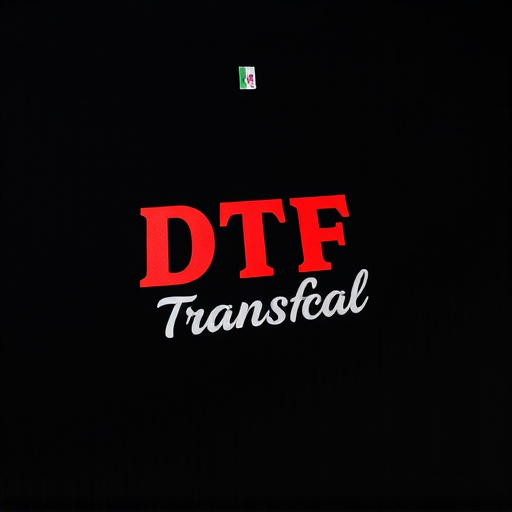
Direct-to-film (DTF) transfer offers several options catering to diverse needs and budgets. The primary types include DTF printing, direct application methods, and heat transfer vinyl (HTV). Each method has its cost considerations. DTF printing involves applying ink directly onto the film, offering excellent quality but higher costs due to specialized equipment and ink formulations.
Direct application techniques, such as screen printing or digital printing, are more affordable initially since they don’t require dedicated machinery. However, they may have variable costs related to design complexity and set-up times. Heat transfer vinyl (HTV) is a versatile option that combines cost-effectiveness with flexibility. While the upfront investment in HTV materials is lower, long-term expenses can vary based on usage frequency and the number of colors required for each print.
DTF Printing Process and Material Costs
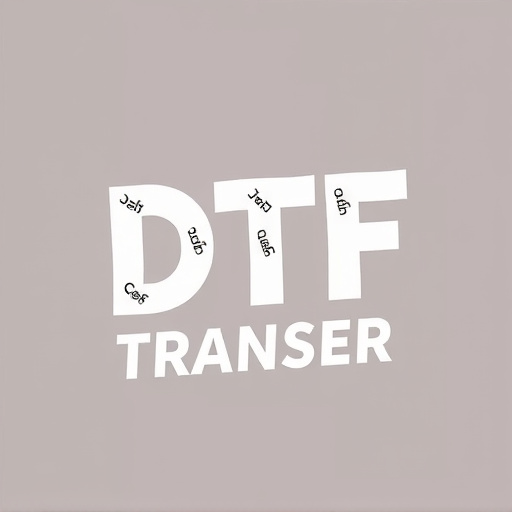
The Direct-to-Film (DTF) transfer process involves a precise printing technique that directly applies designs onto various materials, including fabric and leather. This method offers a cost-effective alternative to traditional embroidery or screen printing for smaller-scale orders. The DTF Printing Process begins with preparing the design digitally, ensuring it’s optimized for the chosen material. Then, a specialized printer uses UV light to cure the ink as it is precisely deposited onto the surface, creating sharp, vibrant DTF prints.
Material costs in DTF transfer vary based on several factors. The expense of raw materials, such as inks and substrates, plays a significant role. Additionally, different types of fabrics and leathers have varying absorption rates, requiring specific inks tailored to each material, which can impact overall pricing. Moreover, the complexity of the design and the size of the order influence labor costs involved in setting up and running the DTF transfer process.
Operational Overhead and Facility Expenses for DTF Services
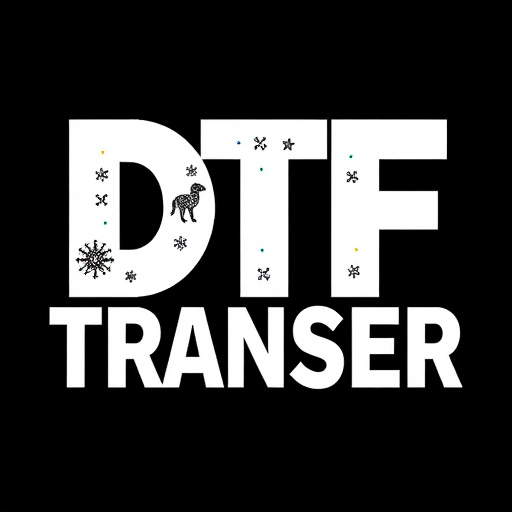
Direct-to-film (DTF) transfer services come with their own unique set of operational costs that are often overlooked. These include significant facility expenses, as specialized equipment and spaces are required to handle the intricate process of DTF printing. The setup and maintenance of these facilities can be a substantial financial burden for service providers. Moreover, overhead costs such as employee salaries, insurance, utilities, and general administrative expenses contribute to the overall price point of DTF transfers.
Given the specialized nature of DTF technology, the expertise required to operate these services is not readily available everywhere. As a result, hiring and training skilled personnel can be costly for businesses offering DTF Transfer solutions. Additionally, investments in regular equipment upgrades are essential to ensure high-quality prints and maintain competitive pricing in a market where DTF Prints are increasingly sought after.
Customization and Additional Services: Pricing Considerations
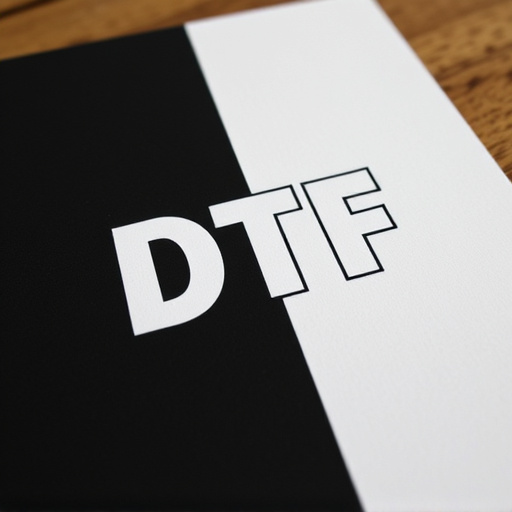
When considering a direct-to-film (DTF) transfer for your project, customization and additional services can significantly impact the overall cost. These options allow for unique design elements and specific requirements, ensuring your final prints meet precise standards. Whether it’s adding intricate details, incorporating special effects, or choosing specialized DTF printing techniques, these customizations come at an extra price. The complexity of the design, the number of colors involved, and the level of finishing all influence the cost, making it essential to plan and communicate your vision clearly with service providers.
Additional services such as rapid turnaround times, priority processing, or custom packaging can further enhance the DTF transfer process but will also affect your budget. Some companies may offer bundled packages or discounts for multiple services, so negotiating these terms is a strategic move. Understanding the pricing structure for customization and additional services beforehand ensures you have a clear idea of the investment required to bring your DTF project to life, aligning it with your desired quality and time frame.
Market Trends and Pricing Analysis for DTF Prints
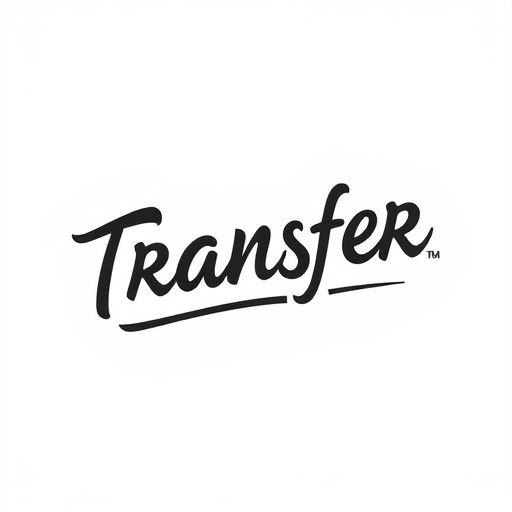
The direct-to-film (DTF) transfer market has been experiencing significant growth and evolution in recent years. This trend is driven by several factors, including advancements in technology that enable higher print quality, a surge in demand for on-demand printing solutions, and the appeal of DTF’s cost-effectiveness compared to traditional film printing methods. As a result, pricing for DTF prints has become increasingly competitive, with suppliers offering diverse packages catering to various budgets and requirements.
When analyzing the pricing of DTF prints, several key considerations come into play. The cost can vary widely depending on factors such as print size, color quality, material type, and turnaround time. Smaller, high-quality prints tend to be more expensive due to the intricate detail and precision required. Conversely, larger volumes often benefit from economies of scale, making DTF printing a cost-efficient option for businesses and artists looking to produce multiple identical pieces. Additionally, pricing strategies may differ between specialized DTF transfer providers, offering custom solutions for specific industries like fashion, art, or signage.



